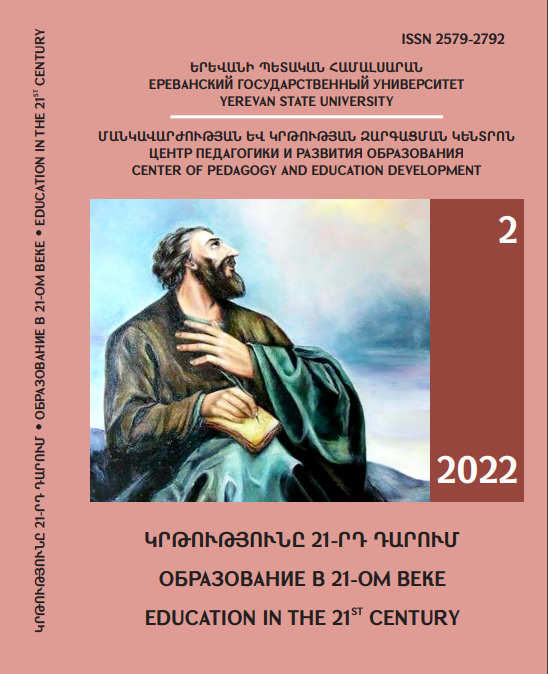ANALYSIS OF STANDARDIZED AND NON-STANDARDIZED TESTS
DOI:
https://doi.org/10.46991/educ-21st-century.v8i2.8466Keywords:
standard and non-standard test, assessment, individual and group test, test itemsAbstract
Standard tests are one of the newest and most suitable methods for checking and evaluating learner’s knowledge. They provide broader scope and higher objectivity, they allow the typical mistakes and difficulties of the students to be discovered, they present the opportunity for self‐study and self‐evaluation, at the same time enabling student programs and methods of teaching to be improved.
However, testing is one of the most misunderstood areas of language teaching and language learning. Students and teachers alike the cringe when they hear the word "testing". Students see tests as threat to their competence, because they are afraid that they will not perform well on them. Teachers often do not like to construct test and are not altogether satisfied with their results when they do. They are also suspicious of the standardized, professionally designed tests because they do not understand what these tests are really trying to measure.
Fortunately, in the past few years there has been a growing interest in improving the situation. The wave of interest in communicative language teaching, for example, has stimulated a parallel interest in more innovative and sensitive measures of speaking ability.
The following article is devoted to the study of some key issues in test construction. In order to properly construct or assess a test it is helpful to have some explicit notion of what the test is testing and how it might be labeled. One way of referring to tests is according to those that deal with prediction of student's performance "prognosis", and those that assess the current level of accomplishments, "evaluation of attainment".
References
BIBLIOGRAPHY
Cohen, A. Second Language Testing. Hillsdale: Erlbaum publication, 2000.
Celce-Murcia, M. Teaching English as Second or Foreign Language. Chicago: University, 2001.
4Genesee, F. and Upshur, J.A: Classroom-based evaluation in second language education. Cambridge: Cambridge University Press. 1996.
Goh, D. Exert from Assessment Accountability for Diverse Learners. Indiana:
Indiana University Press, 2004.
Higgis, J., John, T. Testing Language Skills. Orlando: Harcout Brace Jovanovich,1991.
Hamp-Lyons, L. Applying ethical standards to portfolio assessment of writing English as a second language. In Milanovic, M. and Saville, N., editors, Performance testing, cognition and assessment. Cambridge: University of Cambridge, 1996
Lewkowicz, J.A.: Authenticity in language testing: some outstanding questions. Language Testing, 2000.
Stewart, H. The Student Evaluation Standards. Newburny Park, CA: Ablex Publishers corporation, 1998.
Thissen, D., Waizer, H. Test Scoring. Mahwah: Newbery House, 2001.
Wigglesworth, G, The effect of planning time on second language test discourse. In Kunnan, A.J., editor, Validation in language assessment. Mahwah, NJ: Lawrence Erlbaum, 1998.
https://files.eric.ed.gov/fulltext/EJ1246414.pdf
https://newlearningonline.com/new-learning/chapter-9/kohn-on-standardised-tests
Downloads
Published
How to Cite
Issue
Section
License
Copyright (c) 2022 Gevorg Grigoryan

This work is licensed under a Creative Commons Attribution-NonCommercial 4.0 International License.

